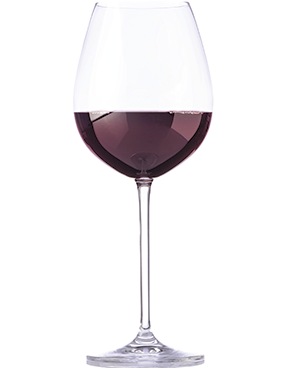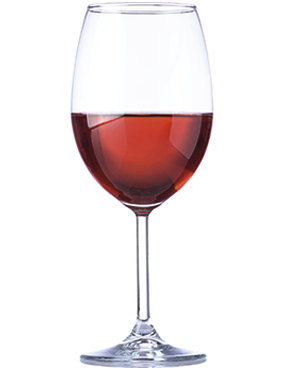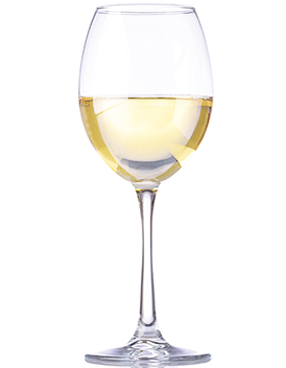The wines from Toro are brimming with tradition. Their origins date back to before the settlements of the Romans. In the Middle Ages, they were greatly appreciated, and enjoyed royal privileges which allowed them to be commercialised in towns and cities where the sale of other wines was forbidden.
These wines filled royal cellars and ships that were to sail to the lands of the New World.
During the 19th century, large quantities were exported to France to fill gaps in
production caused by the devastations of the phylloxera plague
If you are a retail or hospitality customer please log in to view the premium wines available in our catalogue.
GRAPES
The native variety par excellence, Tinta de Toro, survived the phylloxera plague and thanks to that good fortune the Toro wines of today come from vines which are more than 100 years old. These vines have a very reduced production but at the same time an exceptional quality.
In addition to the resilient Tinta de Toro, Phoenicians and Romans brought to the region the Grenache, the Mozarabic peoples the Verdejo and the Arab nomads brought the Malvasía from Greece.
TECHNICAL
The regulations which govern the Toro Designation of Origin are strict, setting a high standard for compliance and ensuring the consistently excellent quality of these wines. The regulations apply to the entire wine-making process from implantation of the vineyard and its associated cultural practices to the commercialisation of the bottled product.
The red wines of DO Toro are primarily made with the Tinta de Toro variety.
The destemmed grape is placed in vats, where it ferments with the skins for varying lengths of time dependent on the type of wine that is being made. Young wines are left in the vat for a short time and wines that are to be aged in oak Bordeaux barrels are macerated for longer periods.
Given the area’s exceptional climactic conditions, the Tinta de Toro variety ripens early. This enables the wineries to also make wines using the carbonic maceration system (barrelling of entire racemes). These fragrant, fresh and aromatic wines are commercialised from the month of November of the same year in which the grapes are harvested.
Characteristics
The Toro area is characterized by an extreme continental climate, with Atlantic influences and a semiarid character (350 mm / year), with temperatures that can range from – 13 ° C to + 40 ° C. The region enjoys many hours of sun, and altitude provides a wide temperature range between night and day during ripening.
Another peculiarity of Toro, many vines are planted directly on their own roots. In the vineyards soils are deep, with a high proportion of sand, clays and lime-bearing puddingstone, producing a dark lime-bearing topsoil, with fine and coarse sands. Materials alternate from loamy to large and fine grain sand, with limestone and detrytic marl formed during the Miocene. All these features allow producers of DO Toro to pick an intense and ripe fruit, that once well-crafted and raised will give life to some unique wines.
Toro wines always have the same characteristics: lots of fruit, intense and deep, and a tannic quality frame which may only be dreamed of by many other wine areas.
RED
Made with the autochthonous Tinta de Toro variety, whose ampelographic characteristics are similar to the Tempranillo or Tinto Fino varieties, but which, owing to its existence in the area for several centuries, identify it with its own name and personality.
The categories are JOVEN, TINTO ROBLE, CRIANZA, RESERVA and GRAN RESERVA
- Joven is a young wine, bottled after alcoholic fermentation.
- Tinto Roble is a Joven wine that has been aged in oak barrels.
- Crianza must be a minimum of 2 years and have aged a minimum of 6 months in oak barrels.
- Reserva must be a minimum of 3 years and have aged a minimum of 12 months in oak barrels.
- Gran Reserva must be a minimum of 5 years and have aged a minimum of 18 months in oak barrels.

ROSÉ
Made with the varieties Tinta de Toro and Grenache, with a minimum of 75% Tinta de Toro and the rest of Grenache or Grenache 100 %. Made by the traditional method of bleeding with cold maceration to keep all the flavour of the varieties, and after that low temperature fermentation.

WHITE
Made from Malvasia and Verdejo varieties, with a minimum of 85% Malvasia and the rest Verdejo, or also Verdejo 100 %. Produced using a pneumatic press with a short and cold maceration to keep all the flavor of the varieties. After that, the must is fermented at low temperature to preserve the whole potential aromatic range.
